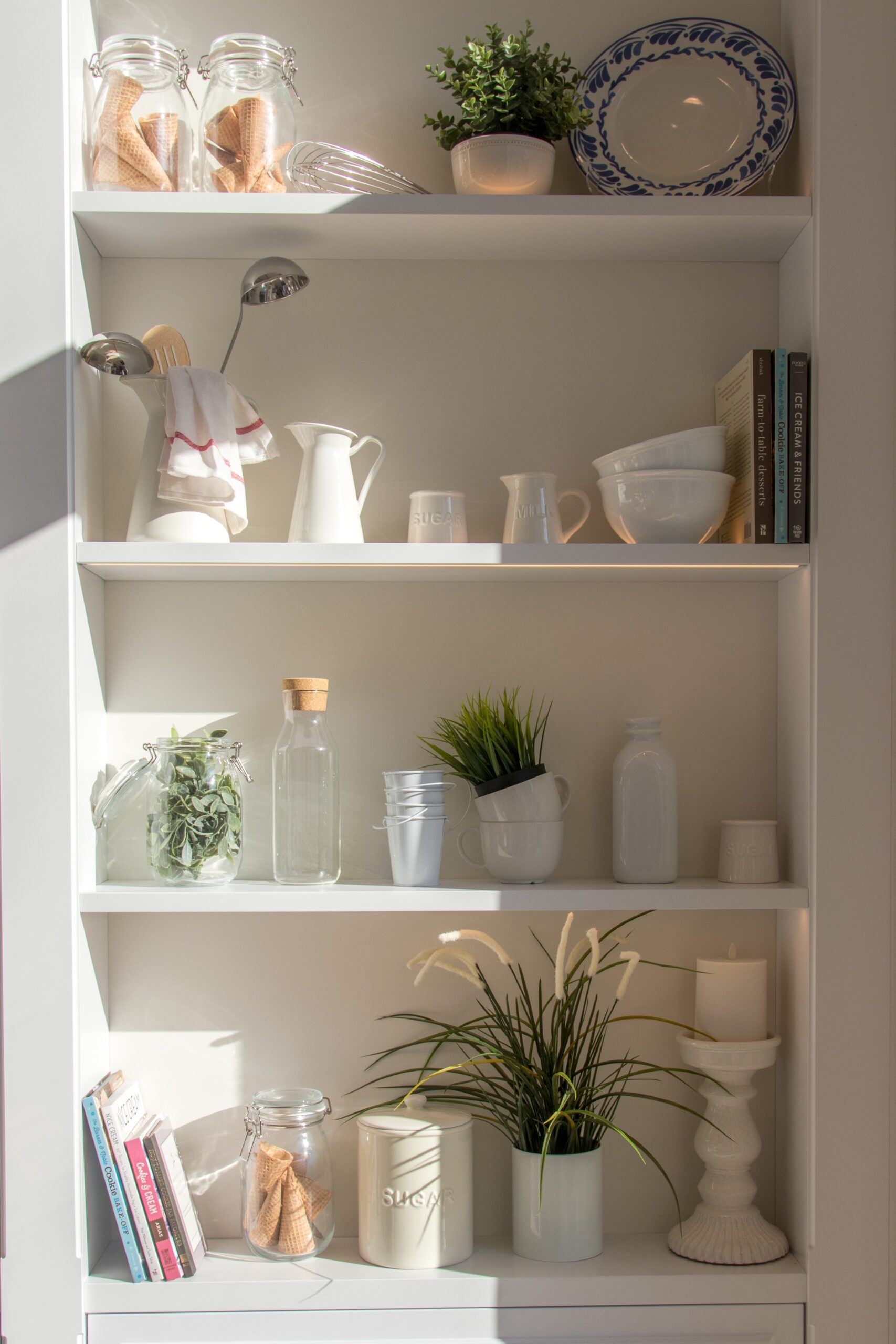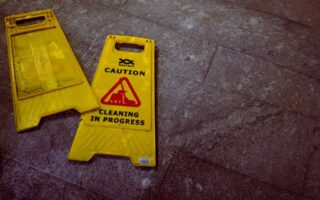10 Tips for Taking an Inventory of Your Home
If a fire destroyed your home or a burglar broke into your house, would you be able to tell your insurance company what you had lost? Are you sure that your home insurance coverage is sufficient to cover all the valuable items in your home?
If you cannot answer yes to the above questions, it would be good to take a home inventory. Making a list of all your possessions might seem like a daunting task. Even so, if you do not have a detailed home inventory, it could cost you a lot of money. Here are ten tips to help you take a full home inventory.
- One Room at a Time
You don’t want to miss any valuable items off your list of belongings. So, you will need to well-organized when you take your home inventory. The best way to approach the task is to take one room at a time. Remember that you would have to replace everything if there was a fire in your home. So, it is not only the most valuable items that will need to include in your inventory.
- Use a Home Inventory App
Writing down your list of possessions is one way to take a home inventory. However, there are plenty of apps available that will make taking a home inventory much less of a challenge. Some inventory apps store your list of possessions in the cloud, which is probably one of the safest places to keep such a crucial list
- Record the Details
It is advisable to record as much information about each item as you can, especially the high-value objects. Ideally, you will need to keep a description of each item, when you purchased it, the object’s condition, and the value of the item. If applicable, you should also make a note of the model and the serial number of each item. For collections of things, like books, record the number of individual items and approximate replacement cost of each unit–unless you own some rare books, in which case a more detailed description would be advisable.

- Take Videos or Photos
Taking photos or videos of the contents of your home makes taking a home inventory easier. Pictures also provide further evidence of ownership for your insurance company. You could take still images of each of the items you record on your list. Or you could make a narrated video as you walk from room to room. When you take pictures of your belongings, be sure to zoom in on essential details like serial numbers or signatures on artworks. And don’t forget to take photos of the items that are stored in closets or the basement.
- Keep Receipts
Whenever you buy any expensive items, you should keep the receipt as proof of purchase. For antiques and collectibles, a valuation by an independent expert can be used as proof of value. Copies of proof of ownership should be kept in a safe place along with your home inventory.
- Don’t Forget Clothes
Individual clothing items do not need to be described in detail unless you own some high-value designer items. A broad description of your wardrobe of around twenty shirts and five pairs of shoes, along with an estimated value, is all you will need. A photograph or video of your wardrobe’s contents will then provide the proof of ownership for an insurance claim.
- Tools and Equipment
Replacing the tools and equipment that you have in your garage or workshop could be expensive. So, don’t forget to include these items in your home inventory. Other items that may be packed away out of sight include musical instruments, collectibles, and firearms. Remember, if disaster strikes, even the things you do not use often might need to be replaced.
- Record More Detail for High-Value Items
There is a simple rule for deciding how much to record about each home inventory item. The higher the value, the more detail is likely to be required by your insurance company. So, you will need proof of purchase, serial numbers, and photos from several angles for high-value items. For low-value items, though, a description and a picture will suffice. Having detailed descriptions of valuable items will also help the police identify your possessions if they are stolen.
- Items in Storage
Most homeowner’s insurance policies include limited coverage for items kept in storage. You will need to document what you have in a storage facility and check to see if your insurance coverage value is sufficient. If in doubt, give your insurance company a list of storage possessions to determine if you need additional cover.
- Keep Your Inventory Safe and Up to Date
Making your first home inventory will be a significant task. But if you keep your list of possessions up to date, it will be easier to maintain going forward. Remember to keep your inventory of home contents safe by storing it in a safety deposit box, in the cloud, or another location away from your home. It is not advisable to keep your home inventory in the house, or you may lose it along with all your other belongings.
Conclusion
People accumulate a lot of possessions over the years. So, you might be surprised when you see the total value of your inventory. Still, if you take stock of your home’s contents as described above, you will be able to make sure that your homeowner’s insurance coverage is high enough. Having a detailed home inventory will also speed up the insurance claim process should the need arise.



